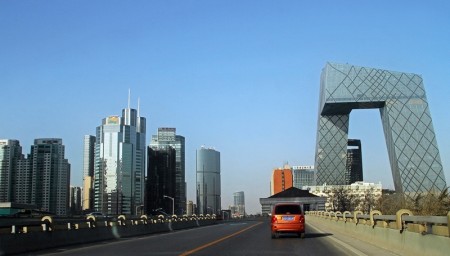By Dorinda Elliott

This week’s US-China climate deal is an important step for US-China relations on a pivotal global issue. While there will be disagreements about the right targets and actions, the commitments made by the two countries — the two largest economies, energy users, and carbon emitters — will help spur the kind of global action that is necessary to protect our environment and economies from the risks of climate change.
For China, the agreement is a very big deal. The country’s commitment to a timeline for hitting peak carbon emissions reflects a very significant commitment to reforming its economy and reducing reliance on dirty fuels. Just as one example, the government plans for 20 percent of its energy to come from non-fossil fuel sources, adding about 800-1000 GW of non-carbon power plants, by 2030 — more than the total installed coal capacity in China at the end of 2013. Meanwhile, the trade agreements just signed can help open the Chinese market to U.S. technology companies at the cutting edge of smart grid, energy storage, building energy management and smart homes.
The challenges China faces in achieving the carbon emission goals are enormous, which is why the Paulson Institute is working hard on many levels to promote best practices, recommendations and projects that will help China achieve its ambitious goals. The Institute’s Climate Change and Air Quality program is working to identify opportunities to reduce air pollution, mitigate climate change and transform the economy, all at the same time. The Institute’s Sustainable Urbanization program, which just convened the annual Cities of the Future conference in Beijing, is drilling down on building standards that will greatly increase energy efficiency and reduce China’s carbon emissions.
The Institute’s newly launched CEO Council for Sustainable Urbanization plans to create important demonstration projects that will promote best practices in energy efficiencies—and to promote education about sustainability through the members’ networks of employees, suppliers, and customers. “We’re not hammering out global deals” at the Paulson Institute, Institute Chairman Hank Paulson said in the Wall Street Journal. “We are trying to move the needle in tangible ways.”


